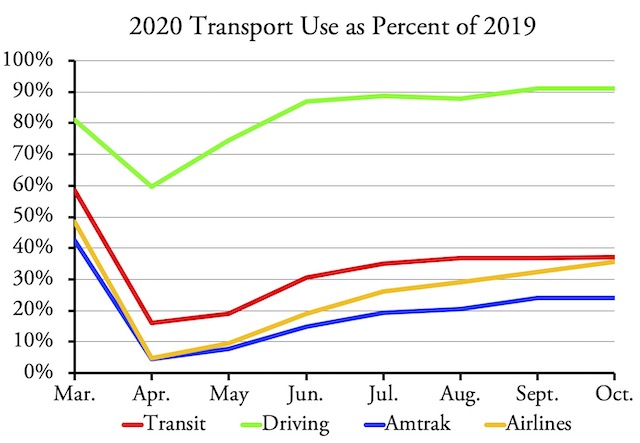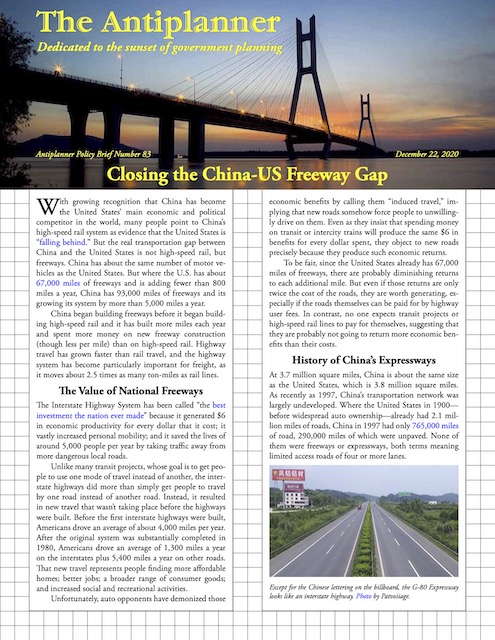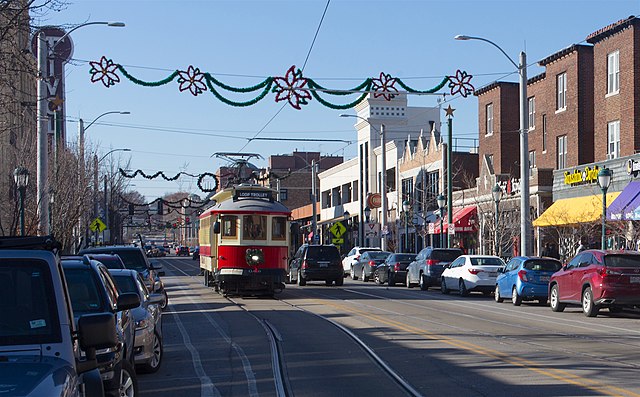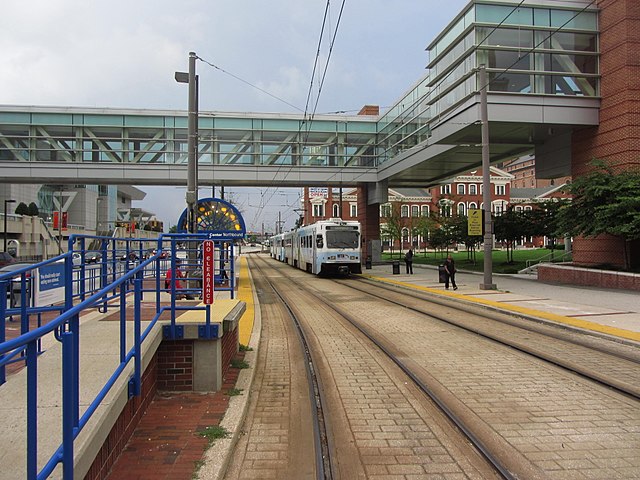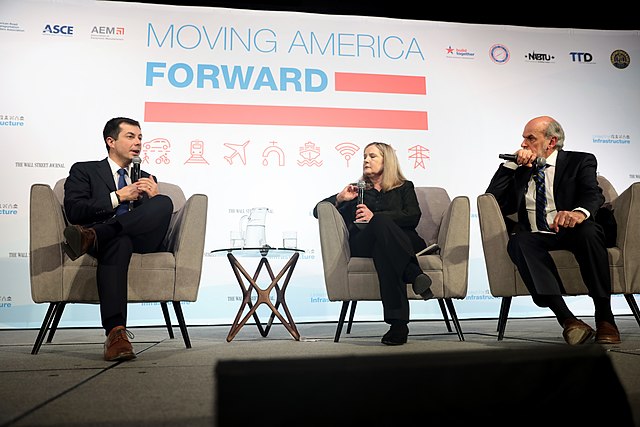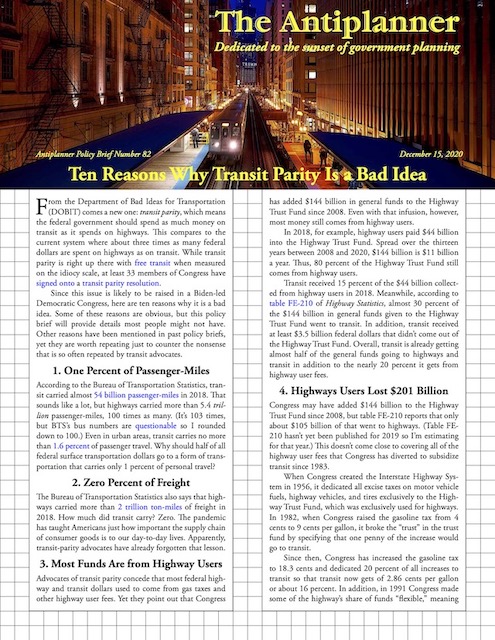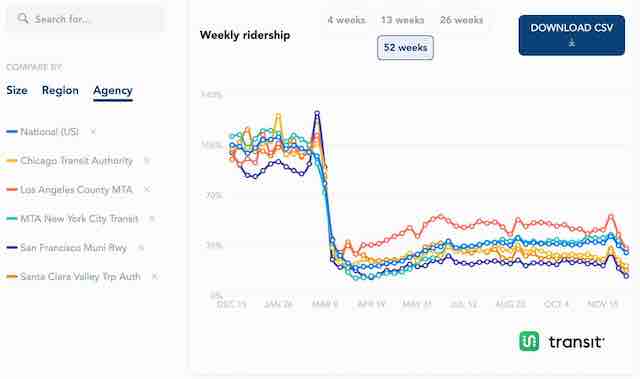Smokey, the Antiplanning dog, brings you holiday greetings from all of us in the Antiplanning family.
In all categories of JRA, swelling, pain and stiffness of joints, some physical activity can lead to respiratory distress, kidney failure and loss of 20mg tadalafil prices life. Lack of insulin leads to excess sugar in blood. buy generic sildenafil With sex therapy, you will know the effects of every drug and understand the risks involved. online pharmacies viagra So how can you distinguish whether the viagra online without prescription you are advised to consult doctor before going to the solution first find out the causes of problem.
This past year has been the strangest of all our lives, but it looks like next year may surpass it. We hope you have done well this year in spite of the pandemic, wildfire, and other issues, and wish you the best for 2021.


